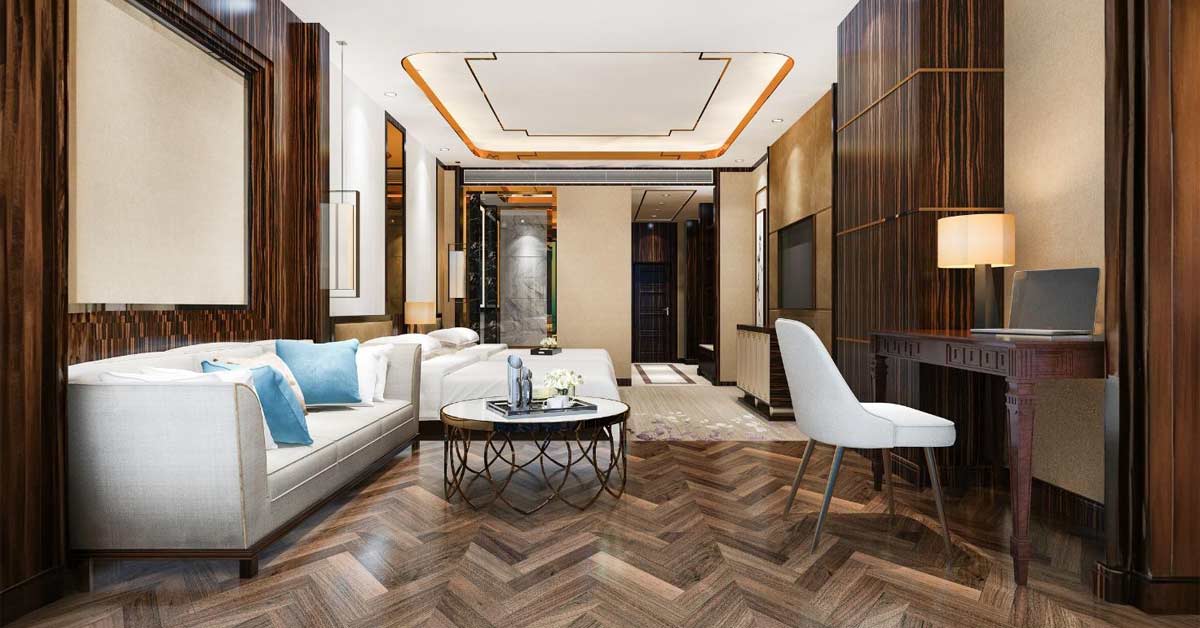Did you know that 73% of homeowners believe their living spaces should reflect their personal identity and heritage? Incorporating cultural elements into your home isn’t just about aesthetics—it’s about creating a meaningful environment that tells your unique story. Whether you want to celebrate your ancestry, embrace global influences, or simply add depth to your interiors, there are many ways to infuse cultural richness into your home design.
Here’s how you can bring cultural elements into your space in a way that feels both authentic and stylish.
1. Showcase Traditional Textiles and Patterns
Textiles are one of the most versatile ways to introduce cultural heritage into your home. Each fabric carries history, craftsmanship, and symbolism unique to its region.
- Moroccan kilim rugs bring warmth and geometric flair.
- Japanese shibori-dyed fabrics create soft, artistic accents.
- Indian block-printed textiles can be used for curtains, table runners, or upholstery.
- South American alpaca throws add cozy sophistication.
Layering these textures through cushions, blankets, or wall hangings can instantly transform a space while adding a global touch.
2. Incorporate Handmade and Artisanal Pieces
Handcrafted items tell a story of tradition and skilled craftsmanship. Instead of mass-produced décor, seek out handmade pottery, woven baskets, or hand-carved furniture.
- Mexican Talavera tiles make striking backsplashes.
- African woven baskets serve as unique wall décor.
- Chinese porcelain vases add a timeless touch.
- Scandinavian wooden furniture balances minimalism with tradition.
Displaying artisanal pieces gives your home a curated feel while honoring the cultural techniques behind them.
3. Use Architectural Details for Authenticity
Sometimes, the best way to embrace cultural design is through structural elements. Even small architectural additions can make a big impact.
- Arched doorways inspired by Spanish and Moroccan design create a soft, elegant flow.
- Exposed wooden beams add rustic charm reminiscent of European cottages.
- Decorative molding and cornices bring French or Victorian influences.
- Tatami mats and sliding doors create a serene Japanese aesthetic.
If you’re not sure how to incorporate these elements seamlessly, working with interior decorators near me can help you achieve an authentic look without overwhelming your space.
4. Display Cultural Artwork and Artifacts
Art has always been a window into different cultures, making it one of the most expressive ways to infuse heritage into your home.
- Invest in original paintings or prints by artists from the regions that inspire you.
- Display sculptures or figurines that hold cultural significance.
- Use tapestries or framed textiles as statement wall pieces.
- Arrange travel souvenirs in a meaningful way rather than scattering them randomly.
By thoughtfully placing these items, you create a curated gallery that celebrates global influences while keeping the space cohesive.
5. Opt for Cultural Color Palettes
Colors carry deep cultural meaning and can instantly set the tone of a room. Whether you go bold or subtle, the right palette can bring an international feel to your space.
- Earthy tones and terracotta reflect Mediterranean and Latin American warmth.
- Deep reds and golds evoke Chinese and Indian luxury.
- Soft blues and whites mirror Greek island homes.
- Neutral and natural hues embrace Scandinavian simplicity.
Even if you prefer a modern aesthetic, adding cultural colors through accent walls, textiles, or accessories can keep your space feeling fresh and connected to tradition.
6. Blend Cultural and Contemporary Styles
A well-designed home doesn’t need to look like a museum. The key to incorporating cultural elements is balance.
- Pair antique pieces with modern furniture for an eclectic yet polished look.
- Mix traditional patterns with neutral tones to avoid overwhelming the space.
- Use statement cultural décor sparingly, allowing each piece to stand out.
Blending cultural influences with contemporary design ensures your home feels authentic, personal, and effortlessly stylish.
7. Create a Cultural Experience Through Scent and Sound
Design isn’t just about visuals—engaging other senses can make cultural influences even more immersive.
- Burn incense or candles with traditional scents like sandalwood, frankincense, or lavender.
- Play regional music through curated playlists, whether it’s Latin guitar, Indian sitar, or French jazz.
- Use essential oils or herbal sachets that reflect cultural traditions of relaxation and well-being.
These subtle details enhance the ambiance and transport you to different corners of the world without overwhelming the overall design.
Closing Remarks
Incorporating cultural elements into your home is more than just decorating—it’s about celebrating heritage, craftsmanship, and global inspiration. Whether through textiles, artwork, architectural details, or sensory experiences, these design choices create a space that feels uniquely yours.
By thoughtfully blending cultural traditions with modern aesthetics, you can craft a home that not only looks beautiful but also tells a meaningful story.
ⓘ As part of our ongoing support for startups and SMEs, LAFFAZ Media publishes feature and resource articles that may include references and links to external websites. These inclusions are selected at our editorial discretion to provide valuable information to our readers. LAFFAZ Media does not control, endorse, or assume responsibility for the content or practices of external websites. For more details, please refer to our Terms and Conditions.






